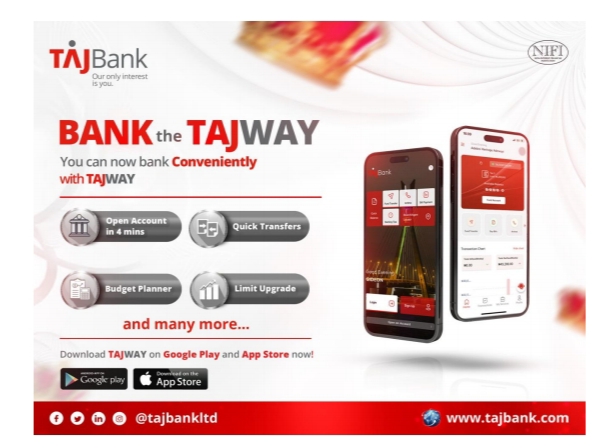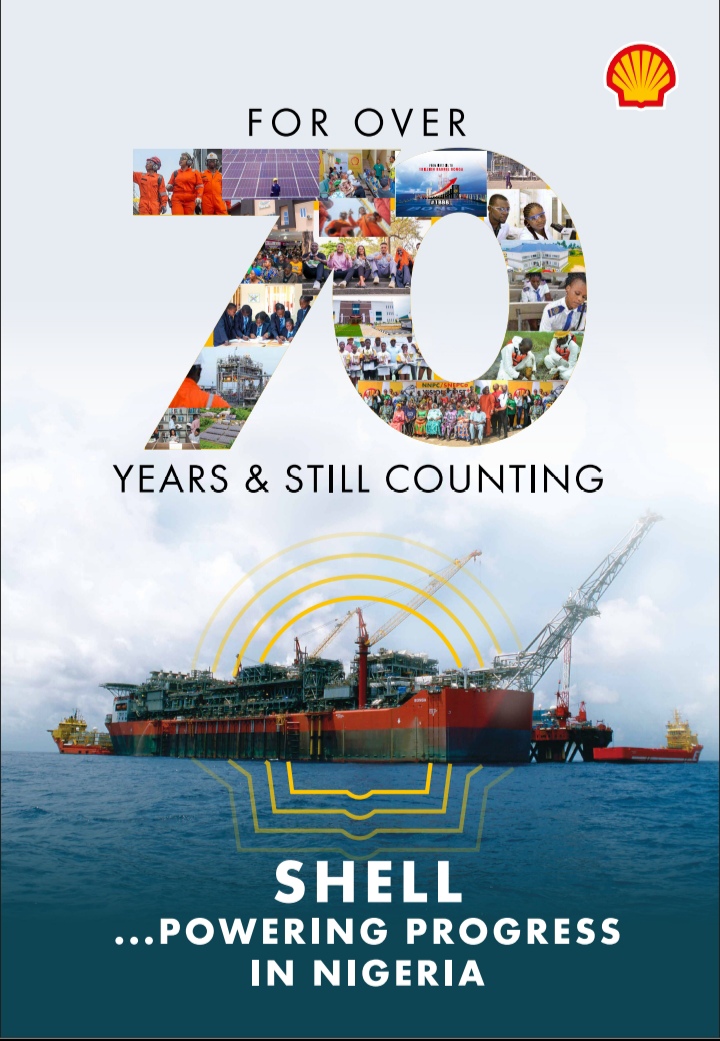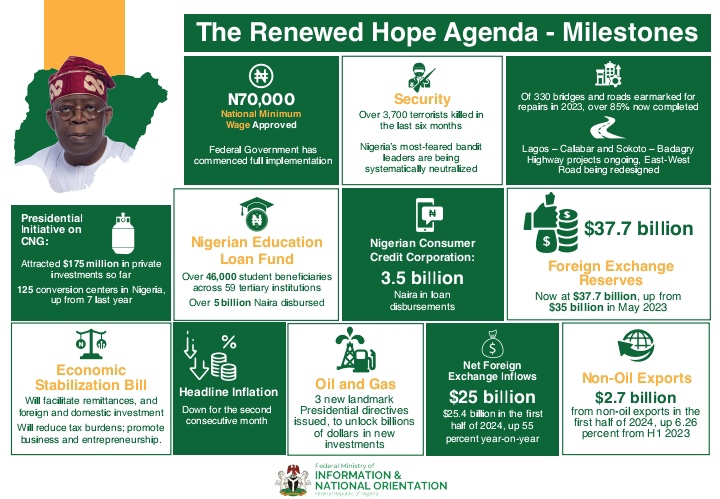When you grab a packet of Pringles and a can of Coca Cola for lunch, one thing is certain: both products have an international appeal, such that wherever you find yourself on planet earth, there is a strong likelihood that you can buy that combination from the local supermarket!
Beyond the production of different commodities to suit a global market there is the need for operators at an international scale to find a tool to promote and market their goods simultaneously all around the world.
Pringles were created way back in 1956 by Fred Bauer an American Organic Chemist who was enlisted by Proctor and Gamble to create a new kind of potato chip that did not crumble or lose its flavor. Today pringles has 162 flavors and is still going strong. Coca-Cola was originated in 1886 by an Atlanta pharmacist, John S. Pemberton (1831–88), at his Pemberton Chemical Company. His bookkeeper, Frank Robinson, chose the name for the drink and penned it in the flowing script that became the Coca-Cola trademark. Today, Coca-Cola has several varieties and the taste of the drink tends to change when you move from one country to another.
Your product or service might not be known all around the world for now, but there are certain modalities you can adopt that would enable you raise its value and prepare for an international endorsement. The first thing that needs to be done is your perspective must be broadened. While you are operating in your small corner of the world, make sure the standards of your product are high, high enough to be accepted practically anywhere in the world. That is the general outlook. So it all begins with standards. You need to benchmark your product and service and see how close it measures up to the leaders in your sector or area of production or performance around you, making sure we never take it for granted and think that nobody is watching us or assessing our product. The social media and e-commerce has become a veritable platform for taking our product to the world and having it being appreciated in climes and locations that we never expected. We must begin to think like an artiste who is carving a master piece, a painting, a picture that we would want to outlive us, so that generations will come and admire what we have done or what we started. The Taj Mahal, that almost mythical edifice, that is located in India comes to mind as an ephemeral example of the possibilities that mankind can wrought once we put our minds and skills to the task.
Mass production and globalization may have threatened the value of many products and services in today’s world. Industries are seeking out ways to automate products so as to ensure that they can maximize time and resources and keep costs down as much as possible, but a critical question must be asked. Is it really possible to create state of the art high value products through automated processes? Would we throw away the artistry of the prized workman and allow robots or artificial intelligence take over the scene in all in the name of high production levels?
The numerous treasures that fill the vaults of distinctive art collectors are not distinctions that can be carved by a machine, even if perfection is derived or desirable by the process. Flaws are appreciated and acceptable at some level. For physical commodities, finishing and packaging at a durable level are desired and we have to ensure that some level of aesthetics is established. If it is to be attractive it must be picturesque; if it is to be consumed, it must have a pleasant smell and a distinctive taste. Although these rules do not always apply for products that are known to be set in cultural roots but in many cases they are refined to suit international patronage. It’s like the spice markets of Asia. Most of the spices that are sold in those open markets in open containers have been repackaged to suit the tastes and demands of Asian immigrants who have settled in the western cities of the world but have been able to take their culture with them. Beyond the production of different commodities to suit a global market there is the need for operators at an international scale to find a tool to promote and market their goods simultaneously all around the world.
The internet and its various channels and portals of communication is a veritable tools for global access. In 2019, the World Bank predicted that half of the World’s 7.5billion people will access the internet in 2020. The outbreak of COVID 19 proves them wrong as over 4 billion people began to access the internet because of restrictions in various countries. Where are your customers online? The internet features millions of portals and hundreds of social media companies! If you know the companies that they patronize you have only just started: there are groups within the various groups that you may further want to identify. For instance in Twitter, Facebook and LinkedIn there are various groups and followings that you might want to probe and understand. Your admittance to these groups would enable you know your customers more and provide them with the content and the products that they want.
What are your customers’ social behaviours online? People have various behaviours online: some just read material and leave, others contribute. Some troll and abuse other people. While there are a slim group of people who would actually take their time to research the material concerned and make sure it is authentic before they accept it and purchase.
What social information or people do your customers rely on? Like we just said, each customer has his peculiar behaviour, some latch on to certain groups or people to inform them of happenings or events or to get opinions and buy products.
Today’s customer turns to friends and online networks for advice and help in making buying decisions both big and small. He or she trusts the advice of those people more than she trusts marketing messages. So who are those people and how can you further your cause through them? Icons and influencers are on line variously. Some may tweet about one thing and before you know it, a buzz is created. Those are the influencers we speak about and you would do good to get to know them. You will notice over time that more people find their voices on line than in the physical contact arena. The freedom to express themselves, whether they are speaking rubbish or making sense, seems to make some of them say very strange things and others to make profound sense. The modern customer is quite savvy and has usually done a lot of research outside typical marketing channels before going to brands to initiate a possible purchase. Suppose a customer wants to buy a laptop computer. Once he has checked out laptops online, he will look at the costs and the features and accessories before heading for the market. If the customer has begun talking to a company, he expects to be treated respectfully, not sold to or pushed up on.
Today’s customer wants a relationship with a brand. Even if the interactions involve little person-to-person contact, he expects a level of honesty and attention that companies do not really provide. This is a problem that companies that market on line have to work towards solving. We have to be wary of the fact that the modern customer is no longer part of a demographic or market segment. He might fit into a specific group you have identified, but he will never be satisfied if treated as a statistic and will change loyalties if a beloved brand starts treating him as anything less than an individual.
Individual specialized treatment is the answer. The modern customer does not necessarily want brands to make every suggested change or fix every perceived problem; he or she wants confirmation that a complaint or comment was heard, acknowledged, and taken into consideration. The customer with a presence online does not want to have to call customer service to get basic questions answered or support issues solved. If an answer can be found online, they will track it down. If they can reach out to support via an online channel or support forum in a way that does not demand full attention or take them away from the task they are focused on, its even better.
Today’s customer wants a relationship with a brand. Even if the interactions involve little person-to-person contact, he expects a level of honesty and attention that companies do not really provide.
The customer considers customer service in the larger context of a brand, not as separate and disconnected. Good and bad customer service directly ties to future purchasing decisions and recommendations to friends, family, relatives and associates.
So start by knowing if your customers are online and what groups they are likely to patronize. Also, get to know which sites they love and what content they like. For instance, most boys and men like sports, the competitive kinds like football, basketball, wrestling etc. Bringing them news and views in these areas with the product or the service they provide could get them glued to your site or product. Ladies on the other hand prefer stories about beauty, fashion, food and relationships. Again our choice of content would determine who we attract. People love to read updates about their interests. Facebook, Twitter, YouTube and Linked in presently have a large following, but things are changing fast with the introduction of WhatsAp and other media. To be a global player from the small corner of our shop or office, it is important that we master an aspect of the internet and its marketing potentials or we get assistance from experts who can find us a space in the digital marketing arena that will give us the necessary exposure we require.
*Ogundadegbe is a renowned management consultant. He trains managers and executives in the arts of Customer Service, Human Resources Management and Management strategy ([email protected]).













